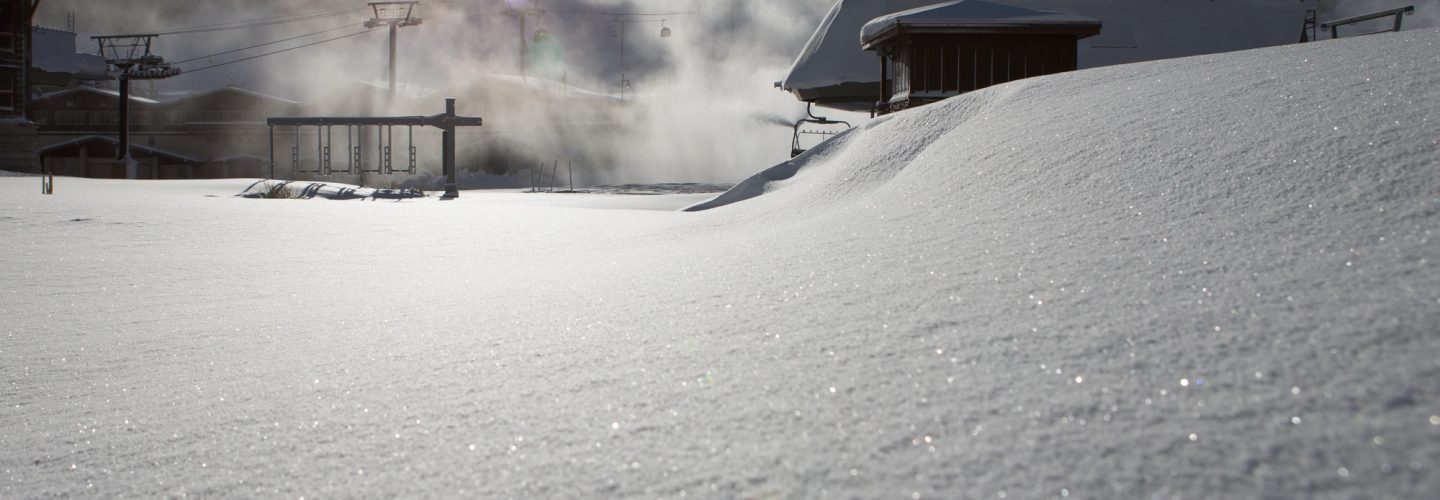Weather forecasters in North America are already starting to make their predictions for conditions next winter and are looking at a ‘developing La Niña’ in the Pacific Ocean as a key to global weather forecasts.
La Niña and El Nino are the long established names of the two prevalent ocean temperature extremes in the Pacific Ocean which, to a large extent, tend to strongly influence weather conditions in countries surrounding the Pacific.
Exactly how much that influence extends Westwards beyond states like California and Colorado is open to debate, although it does seem that a lot of the weather than happens in the West does eventually affect us. In any case British tabloids tend to report each autumn that Britain is in for a catastrophic new Ice age type winter on the basis of that Pacific climate pattern.
In fact they seem to tend to report that Britain is in for a catastrophic new Ice age type winter regardless of whether the Pacific is likely to have a ‘strong El Nino’ or ‘strong La Niña’ and don’t seem to be put off their enthusiastic predictions by the fact that Britain has endured six fairly mild winters since 2010.
Last winter’s ‘very strong El Nino’ (one o the three strongest recorded in the past 60 years) broke a four winter drought in California but also brought milder conditions to Central and Eastern North America where ski areas suffered one of their worst winters for decades.
For a few months now however El Nino has been on the wane and La Niña has been making her way back to dominance. The debate currently is just how strong this winter’s La Niña will be, with forecasters noting that a strong El Nino has only once before been directly followed the next winter by a strong La Niña in the 60 years that recordings have been kept.
Like El Nino, La Niña seems to have mixed blessing. In Colorado it is reported that mild to moderate La Nina winters over the past decade or so have meant less snow and warmer temperatures so she’s not welcome there.
Other areas further north and East seem keener to have her as very cold areas being a bit milder (but still plenty cold enough for snow) tend to get more snow from La Niña conditions. The jet stream tends to track further north again benefitting more northerly ski regions.
But as with all weather systems, chaos theory is the dominant factor to keep in mind. Colorado resorts including Copper Mountain and Arapahoe Basin broke their annual snowfall records during a La Niña winter in 2011.




